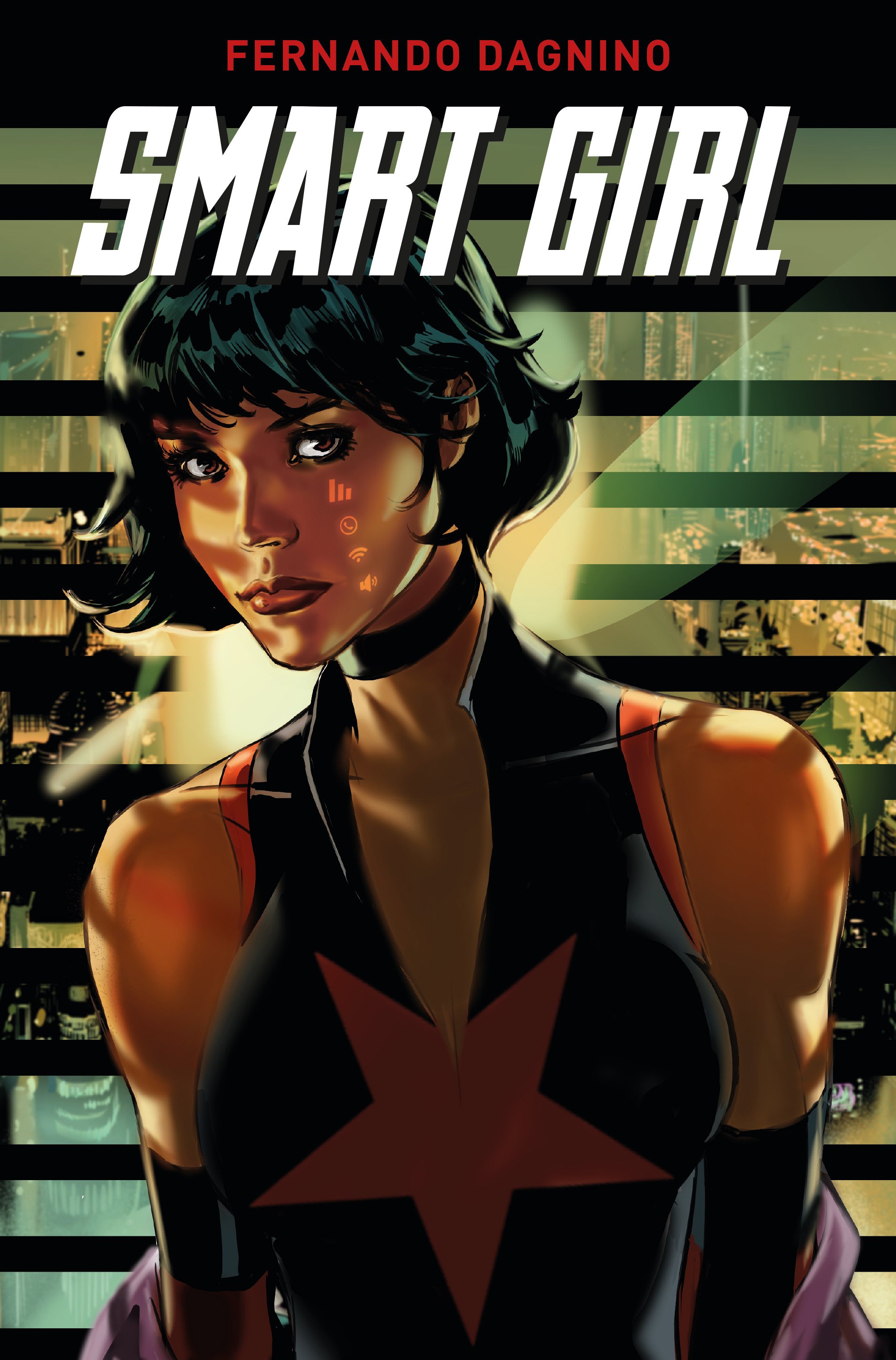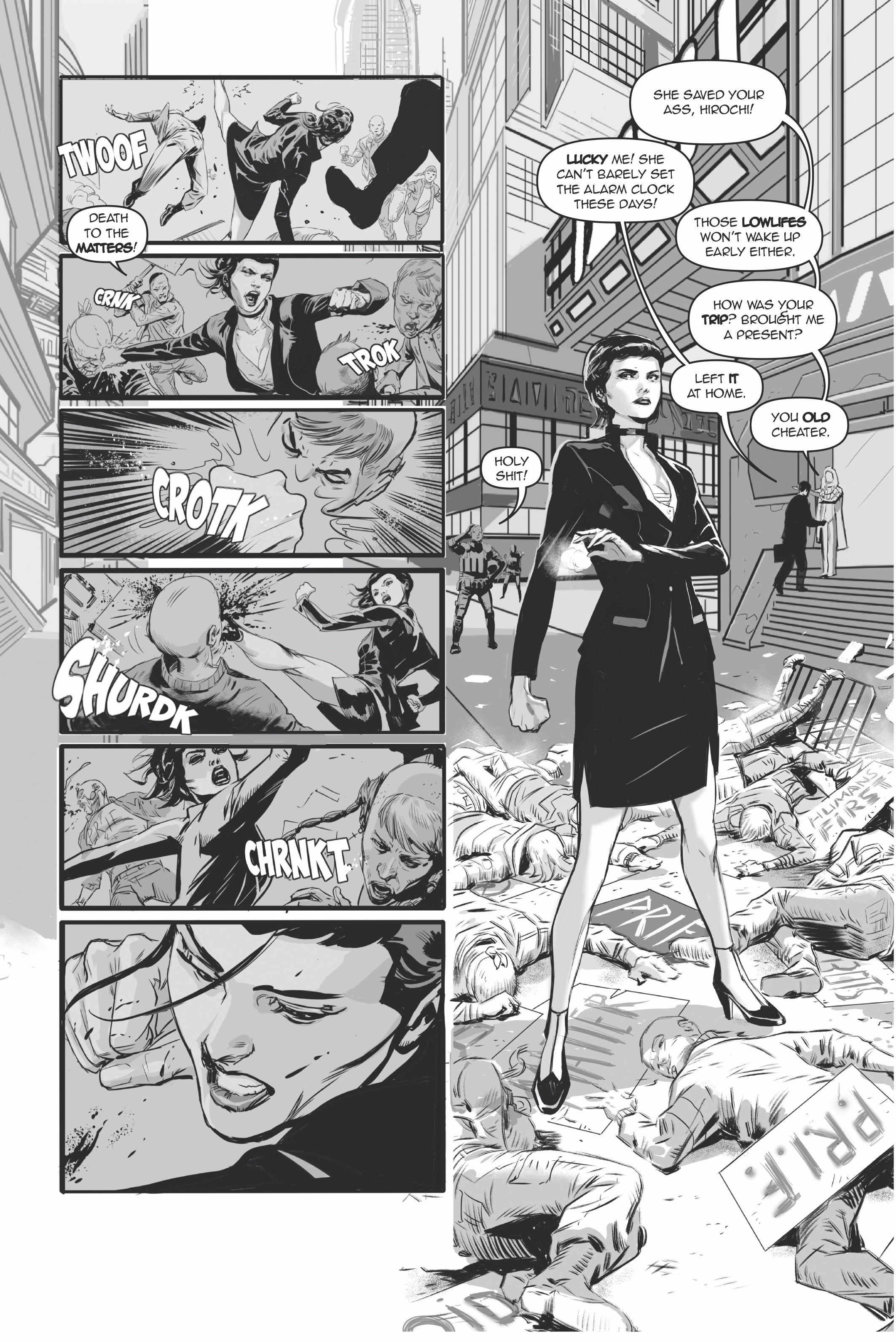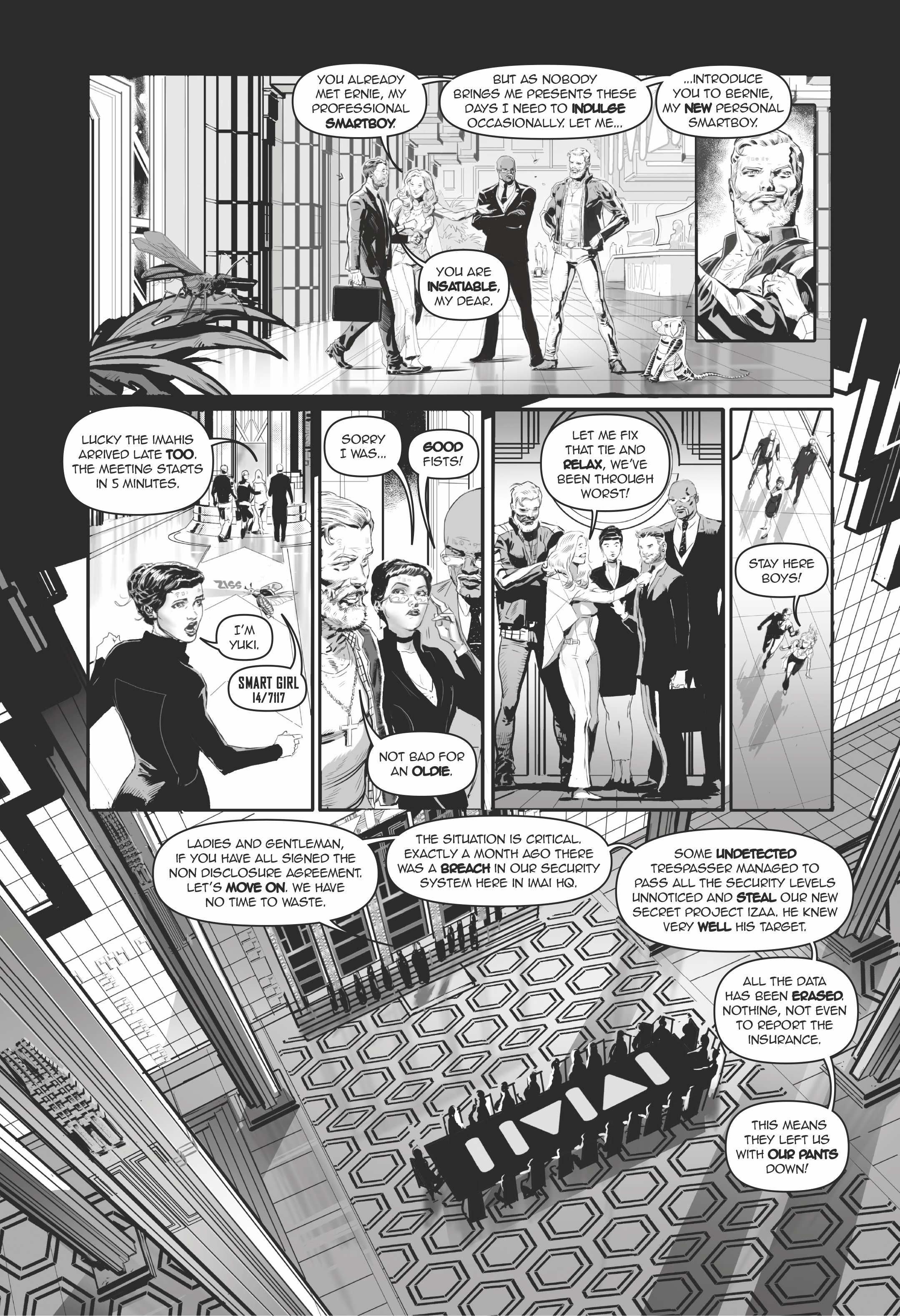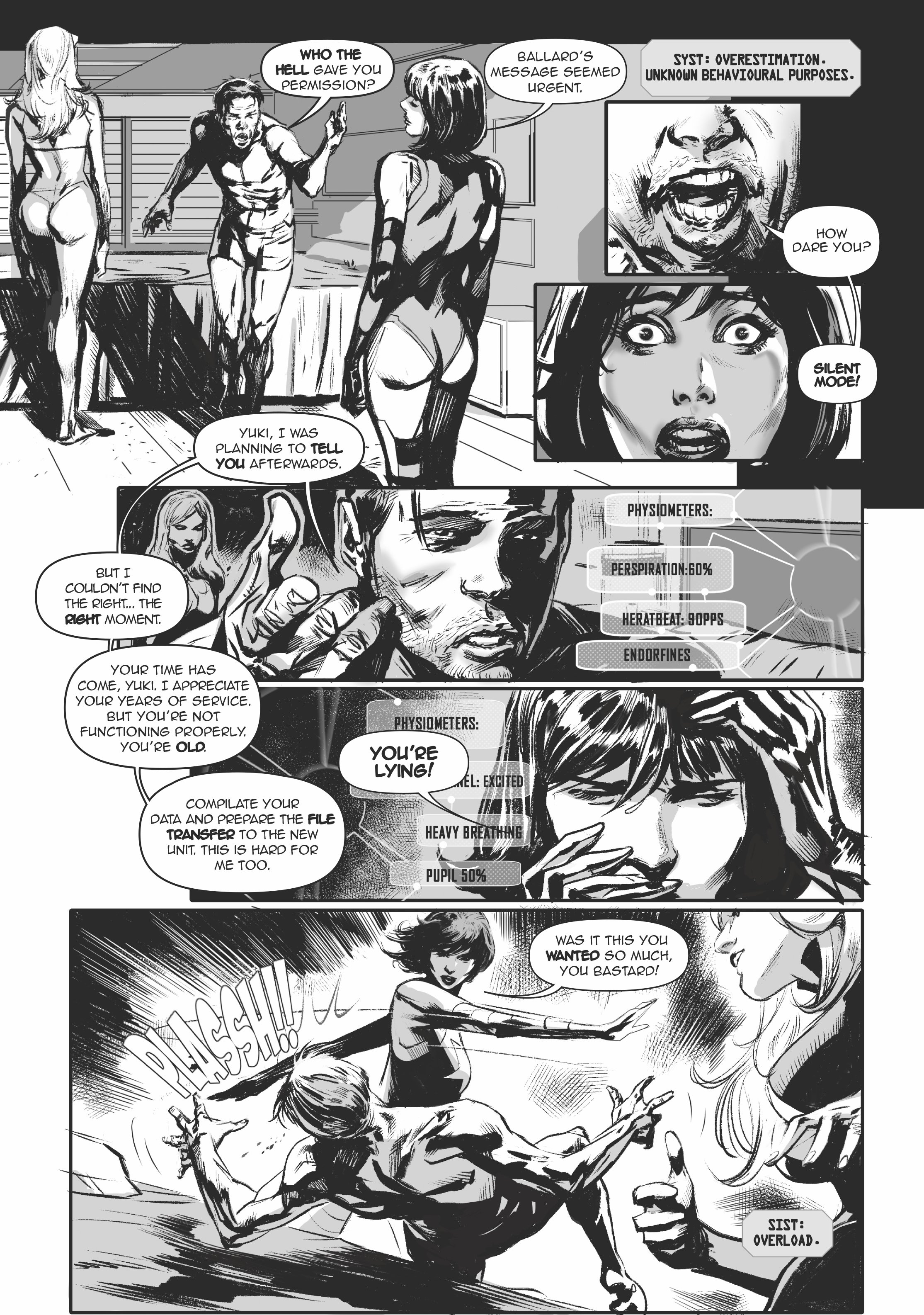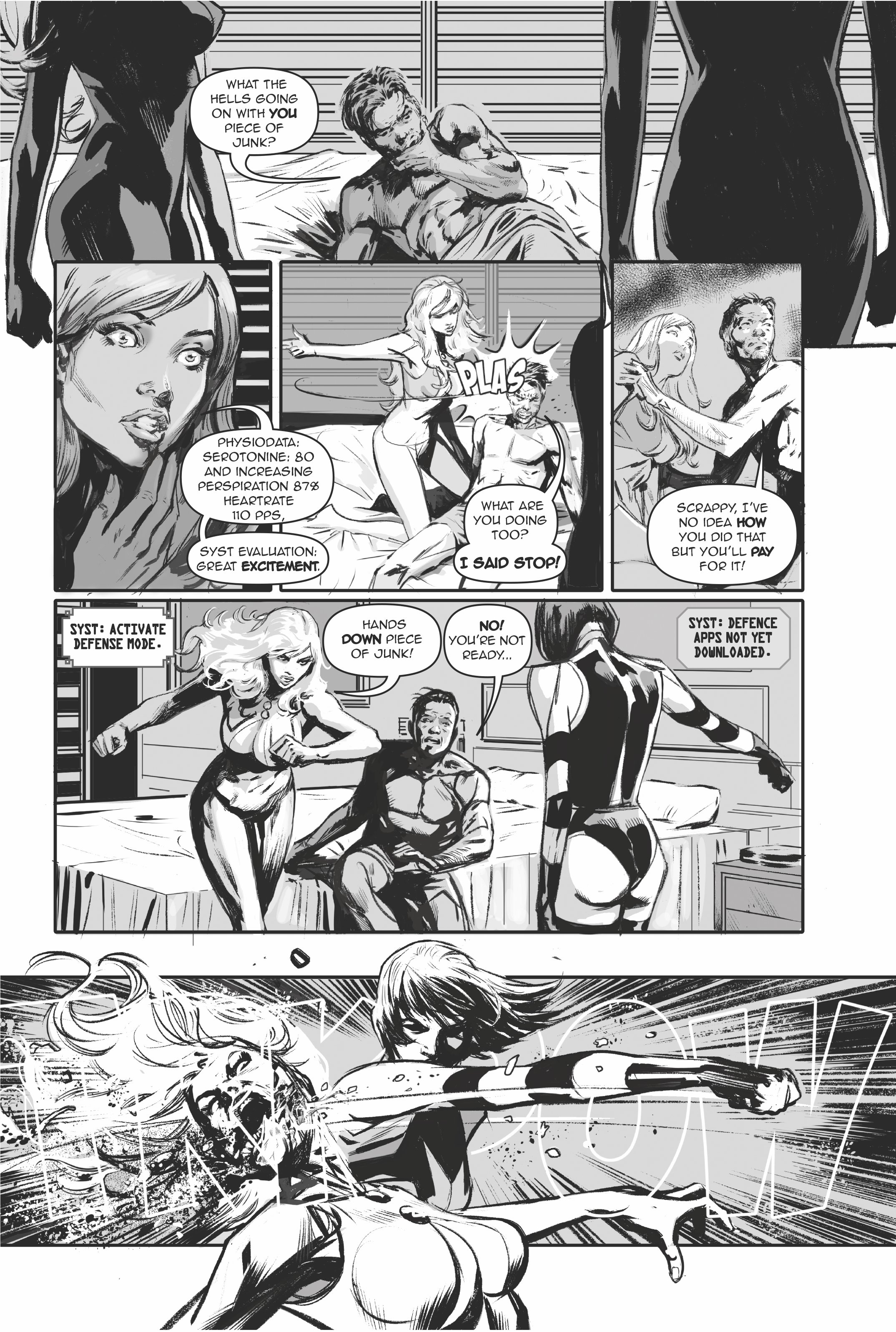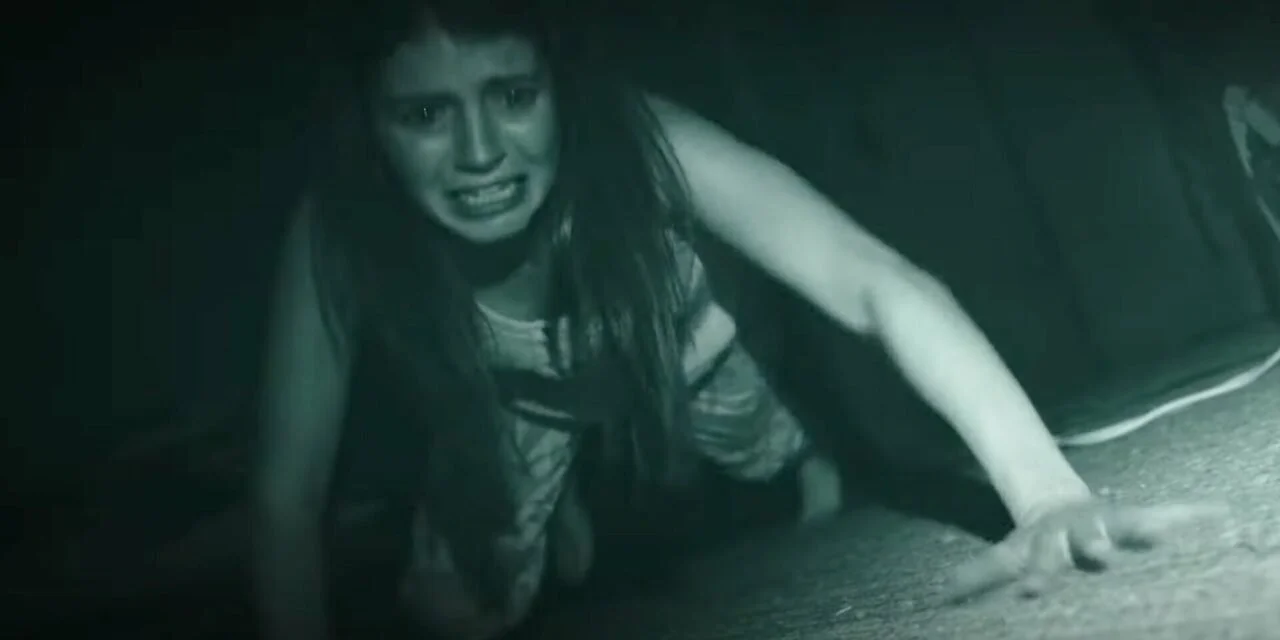Roberts was blown away by McDonough’s performance – not only as Dr. Birkin as a human being, but in more monstrous forms. “As Birkin transforms, Neal understood that his performance couldn’t be quiet and small. With all the CG and the prosthetics, he knew how to take that performance and deliver it, not just for camera, but for down the line, in post. He knew exactly what he needed to give to not be completely dwarfed by the makeup and effects around him. He’s an amazing bad guy.”
While I do agree with this sentiment, I still think his character was tragically wasted as the films third act was catastrophically rushed. There really wasn’t enough time to show his character crack, or even enough run-time in his monstrous form in general. His transition could’ve been better and he wasn’t as terrifying as the games, which brings me to the set locations, the overall effects and the simple appearance of the zombies.
Building Raccoon City
My biggest complaint when it comes to modern-day horror films is the overbearing and poorly done CGI. That is why I was immensely surprised to learn most of the film was shot on location and did in fact use some practical effects and prosthetics.
To find their Raccoon City , the production searched small towns that had gone through similar changes. Hartley Gorenstein, a trusted line producer on many movies suggested production check out Sudbury, a former mining town that’s gone through many transformations: was the site of a deadly tornado, the third-largest impact crater on earth, was left with a ruined landscape with acidic lakes, and so much pollution that all the trees died. (Sudbury today has the cleanest air in Ontario).
The production worked hand in-hand with game manufacturer Capcom who supplied production designer Jennifer Spence (Shazam!, The Forever Purge) with the “architectural plans” for the Spencer Mansion and police station to enable her and her team to recreate them as closely as possible. They included the sprawling exterior of the Spencer Mansion, as well as various interiors — the main entrance hall with its staircase, the library, and several other rooms, as well as the exterior of the police station with its huge atrium.
I am always impressed by movies that do an elaborate job of world building and immersing viewers, but this movie didn’t exactly deliver that. While overly excited by the literal replication of some signature locations from the game being built – including the Spencer Mansion, the Raccoon City Police Station, the Umbrella Orphanage, and the Birkin’s underground laboratory, oddly enough – they didn’t feel real. Some scenes looked entirely green-screen. Maybe with a bigger budget and an extended time frame we could’ve really had a chance to appreciate these sets with more screen time and character interactions like more puzzles and actual searching. Overall the film did an amazing job of giving us locations directly from the game where viewers can literally recall specific moments.
Creating the Zombies
In the end, Roberts says, he “drew a lot from the game.” A more unlikely inspiration was the miniseries “Chernobyl” – Roberts was so disturbed by the depiction of radiation sickness that he asked Resident Evil’s prosthetic supervisor Steve Newburn to lean into the effect of chemical burns and radiation poisoning on the skin, rather than opting for the zombie trope of dead, rotting flesh. “It’s a slow build, rather than you’re bitten and you turn,” Roberts explains. “It required very complex prosthetics. It was insanely tricky to do with Covid precautions, in minus 10-degree temperatures, rain, shooting crowd scenes with hundreds of zombies. But the hardest thing was to feel the humanity of the zombies; I wanted to know there’s a human being under the makeup.” Which would make it all the more scary and meaningful when the gloves come off and the zombies rampage.
While, I do appreciate this dedication to detail, the zombies weren’t terrifying enough and didn’t seem to really pose a threat. I think there could have been more destruction, more blood and even more zombies. For 2021 standards the CGI dogs weren’t that impressive, but I did love the RCPD scenes with Chief Irons, they felt exactly like moments from the game. The mansion scenes were executed pretty well though, with Chris fending off all the zombies in the dark and the crazy camera angles, at least this moment felt like hardcore gameplay.
Johannes Roberts’ Resident Evil: Welcome to Raccoon City is ultimately a satisfying rendition of the action- horror franchise, a refreshing departure from the previous movies, and full of easter eggs and RE lore. Although it has its flaws, fans of the original games can at least appreciate Roberts direction as the reboot establishes a new RE universe separate from the games, and tries to remain true to the games roots and mythology. However, very similar to the outcome of the RE3 game remake; Welcome to Raccoon city has a lot to offer but it accelerates the narrative hurting its own potential.
Overall: 6.5
The story moves at a pretty fast pace not really giving viewers a chance to delve into all the dark secrets of Umbrella, or even enough time to focus on developing any of the characters. The reboot is a much better adaptation overall, but still wish it fleshed out more of the story, and the effects could’ve been so much better by todays standards. However, it did deliver as a service to the fans and I hope there will be potential sequels to give room for more character development and appearances of other important characters from the Resident Evil roster. This was certainly a step in the right direction and it definitely brought back the spirit of the franchise! I say give it a shot.
RESIDENT EVIL: WELCOME TO RACCOON CITY
Action/Horror November 24, 2021
Check out my interview with the director below!!

















